6 Steps to Properly Quarantine a New Fish (2022 Guide)
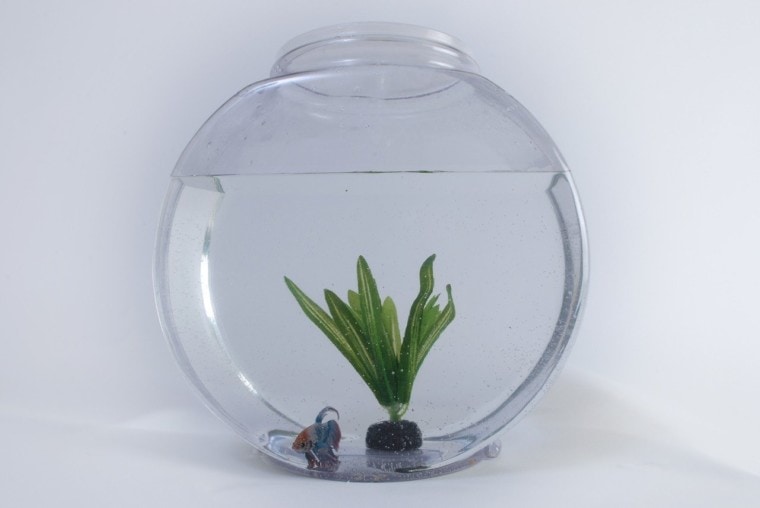
Quarantining new fish is one of the most important, and most commonly ignored, aspects of keeping fish. It’s important to discuss why you should be quarantining your new fish and what you should do if you’ve introduced new fish without quarantining them. There are a few items you’ll need to quarantine your fish and steps to follow to properly quarantine new fish. Let’s get started!

Why Should I Quarantine My New Fish?
The first step in quarantining new fish is understanding why you need to quarantine your new fish. Quarantine is a good practice, regardless of where your fish are coming from. It’s extremely common for fish in largescale breeding operations to pick up diseases and parasites like ich, flukes, and fish tuberculosis. Some diseases can occur even in the most high-quality breeding environments, so no new fish is guaranteed to be disease-free. Illnesses are more common in places like large breeding facilities and big box pet stores, but they can happen anywhere.
Failure to quarantine your new fish can result in the introduction of hard-to-treat diseases to your tank. Some parasites and diseases are pesky or creepy, while others are flat out deadly. Choosing not to quarantine your fish before introducing them to your tank can endanger the health and wellbeing of your whole tank. It might sound like a pain to quarantine all new fish before bringing them into your tank, but it’s a much better option than the alternative of having to treat an entire tank for illness and potentially losing fish in the process.

What if I Already Introduced New Fish Without Quarantining?
If you’ve already introduced new fish to your tank without quarantining them, don’t panic! You still have options to keep your tank healthy. Your first option is to do nothing, especially if the new fish have already been in the tank for a few weeks. You can choose to closely monitor the tank and watch for any signs of illness in your new or old fish. This means you’re watching for symptoms like fin clamping, difficulty breathing, rapid breathing, sores, lethargy, white dots on the fins and scales, redness, jagged or torn fins, and inappetence or difficulty eating.
You can also go ahead and treat your whole tank with broad spectrum treatments to eliminate threats before you see symptoms. This includes using salt, antiparasitic medications, antifungals, or antibacterial treatments. Treating your tank without seeing symptoms of illness, or treating prophylactically, can help ensure contagious infections don’t get a strong foothold in your tank and begin multiplying. The earlier you treat problems, the better, and not all diseases have visible symptoms in the early stages.
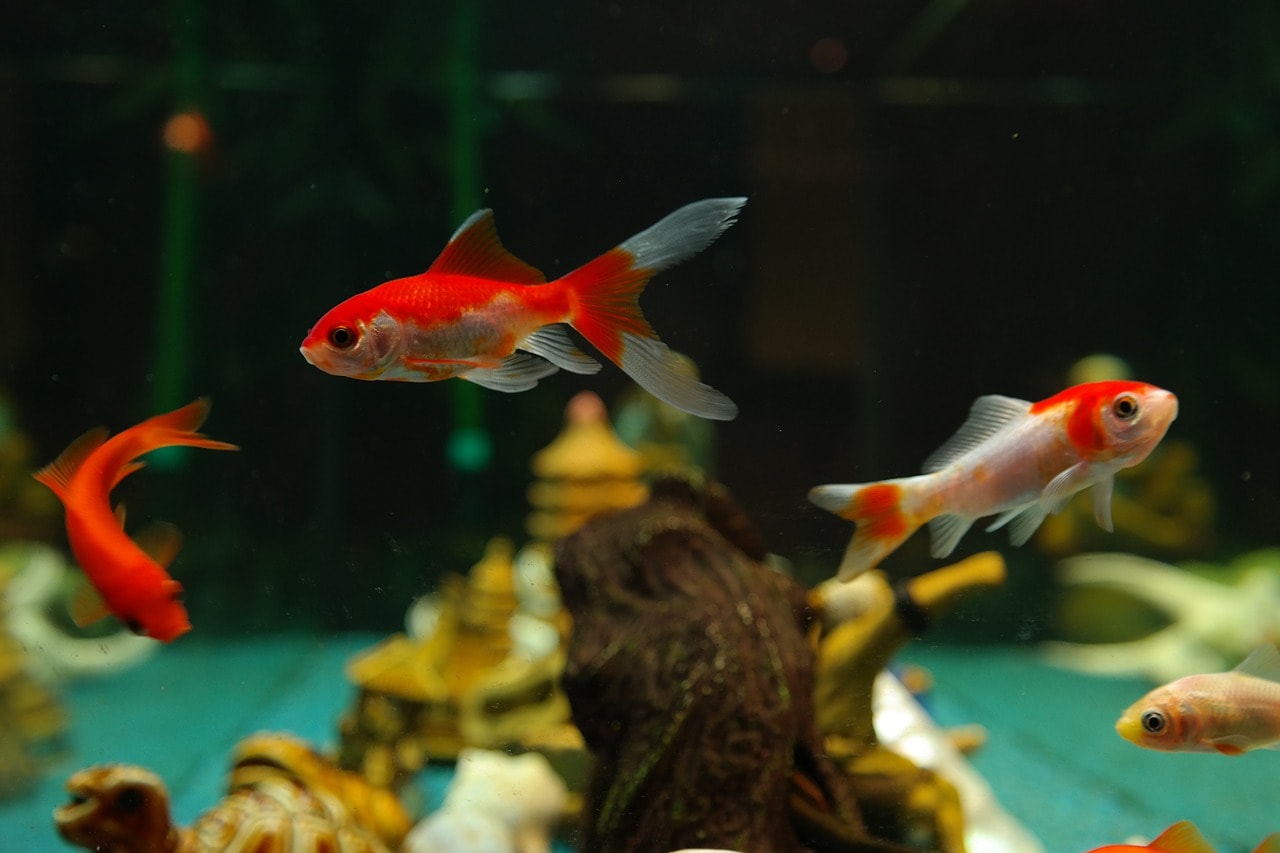
What Items Will I Need for a Fish Quarantine?
Quarantine Tank
Your quarantine tank should be a fully separate tank from your main tank. A tank divider or breeder box will not meet quarantine needs. This tank should have proper filtration and, if possible, should be fully cycled prior to bringing any fish home.
Tank Cleaning Supplies
Supplies for performing water changes are necessary for a quarantine tank since the fish will be in quarantine for at least a couple of weeks. If the tank isn’t cycled, this is even more important. You want separate supplies for your quarantine tank, so you are not unintentionally transferring water from your quarantine tank to your main tank.
Aquarium Salt
This can be added directly to the quarantine tank or used in a separate bath for your fish. It can be used to treat ich and some other diseases and parasitic infections. It’s important to know that aquarium salt will not evaporate with water, so if you continue adding salt without performing water changes, then you will end up with a high salt concentration that may be unsafe for your fish.
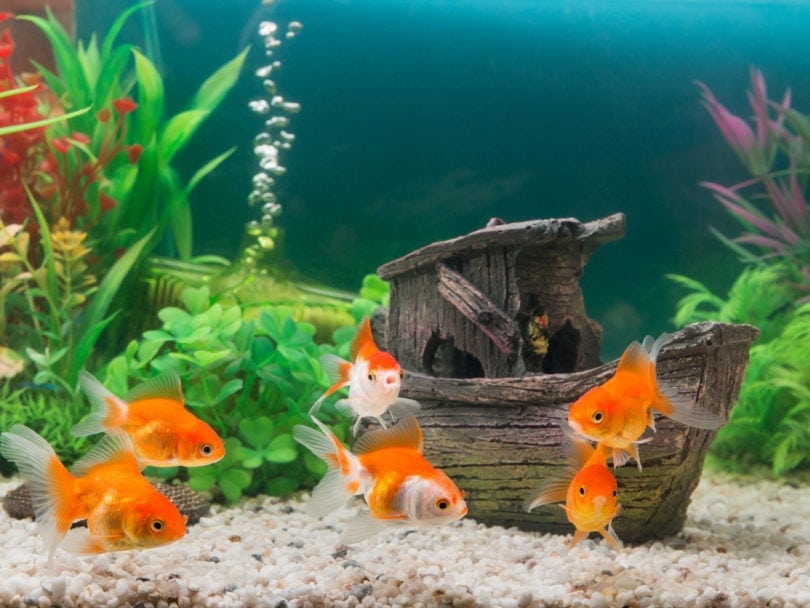
Anti-parasitic
You will need this to treat external parasites your fish may come home with. Ideally, you will use this prophylactically. Hikari PraziPro and Seachem ParaGuard are both great picks. ParaGuard can also be used to treat external fungal, bacterial, and viral infections. You will also need something that is effective against internal parasites, like Seachem Metroplex can be used to make a medicated food, as can 3% plain Epsom salt.
Antibacterial/Antifungal/Antibiotic
You won’t necessarily need something like this to use prophylactically with new fish, but it’s a good idea to have on hand, just in case symptoms of illness begin to show. Seachem Kanaplex is a great option for a broad-spectrum antibiotic that can treat internal infections and can also be used to treat fungal infections.
Water Test Kit
If you already have an established tank, you should already have a reliable water test kit. If you don’t have one, you need to invest in one that allows you to check pH, ammonia, nitrite, and nitrate levels. This is especially important for an uncycled tank. The API Master Freshwater Test Kit is one of the most trusted products on the market for reliable test results.
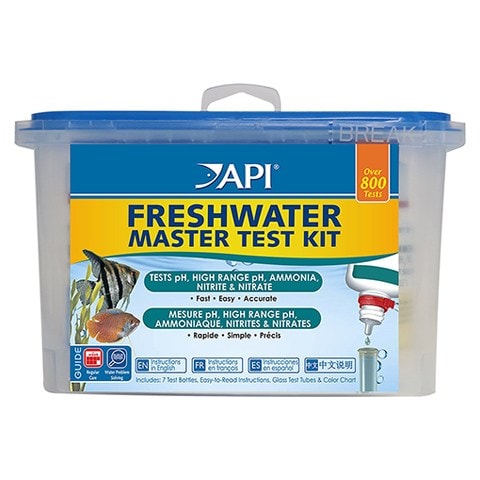
Water Treatment Products
Any water you add to your tank needs to be treated to remove chlorine and chloramines. It’s a good idea to keep products on hand that can also help you neutralize waste products like ammonia. Seachem Prime neutralizes ammonia, nitrite, and nitrate, removes chlorine and chloramine, and helps support slime coat health.

6 Steps to Properly Quarantine a Fish
1. Tank Setup
Ensure your tank is fully up and running before adding any new fish. Your filtration should be functioning properly, and the water should be well aerated.
2. Monitor Parameters
Routinely check your water parameters with the test kit. If your quarantine tank was not cycled when you added your new fish, then you should be checking water parameters daily and treating the water appropriately to help remove or neutralize toxins. If the tank is fully cycled, then you can monitor water parameters every few days just to ensure everything is on track.
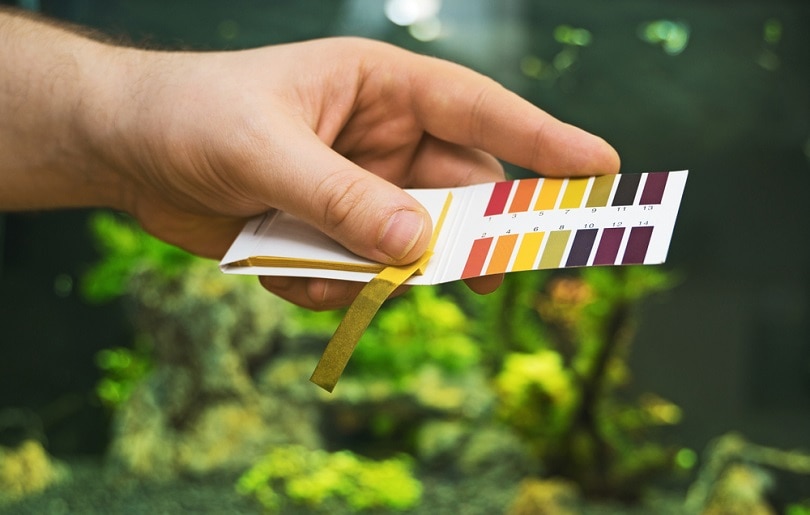
3. Treat for External Parasites and Infectious Diseases
Once your fish have had a day or two to settle into the quarantine tank, go ahead and treat with an external anti-parasitic medication, like PraziPro or ParaGuard. Follow all instructions thoroughly and perform any water changes recommended on the product label. Be aware that if the fish you’ve brought home are already sick or weak, then any treatments you give them may cause too much stress and kill them. This is an unfortunate risk that is necessary to take to ensure fish are well enough to be added to your main tank.
4. Add Aquarium Salt
Don’t start adding aquarium salt until you have completed the previous step. Once you’ve completed the previous treatment and performed any required water changes, you can begin adding aquarium salt. Aquarium salt is a great treatment against ich and can help prevent it getting into your main tank. However, aquarium salt is dangerous to plants and invertebrates, which is why it’s best to use in a quarantine tank.
For tropical and sensitive fish, you will use a 0.2% aquarium salt concentration starting with 0.1% on the first day and the other 0.1% on the second day. For hardier fish, like goldfish, you will use a 0.5% aquarium salt concentration with 0.1% added to the tank daily for 5 days. Dissolve the salt in water before adding to the tank. Remember to add back the appropriate amount of salt for what may have been removed every time you perform a water change. Maintain your salt concentration for 2 weeks.
5. Treat for Internal Parasites and Infectious Diseases
After you’ve completed the salt treatments in your tank, perform water changes over a few days to remove as much salt as possible before you begin a medication treatment. Treating for internal parasites and infectious diseases is an optional step in the quarantine process, but it is recommended. Use a broad-spectrum medication that can cover bacterial, viral, fungal, and parasitic infections.
6. Move Your New Fish
After these steps, your fish are ready to move into their new home! The quarantine process should last 2 weeks at least, but it can easily last 4 weeks or longer. Don’t rush the process. You want to make the quarantine period as safe as possible for your new fish and you want to quarantine properly for the safety of your current fish.

In Conclusion
Quarantining fish is a time-consuming process but it’s worth it in the end. Bringing in new fish can be stressful to you, the new fish, and your current fish, and quarantining helps ensure everyone is happy and healthy. It’s extremely common for fish to come from pet stores or breeders with parasites or illnesses. Sometimes, you may not even see symptoms of illness until a few days or weeks have passed. Quarantine allows you to watch for these signs and symptoms, as well as treat prophylactically before illnesses take hold.
Featured Image Credit: Pixabay



Không có nhận xét nào